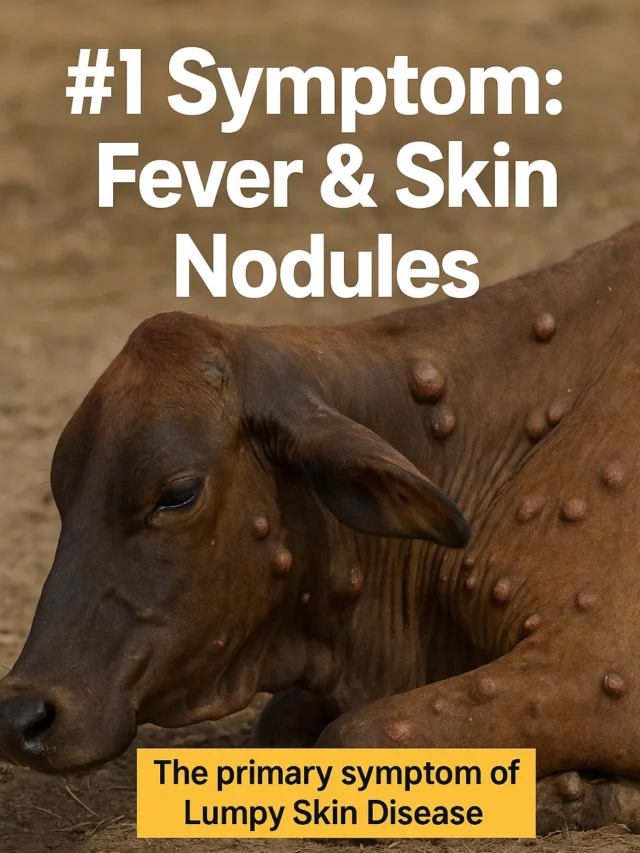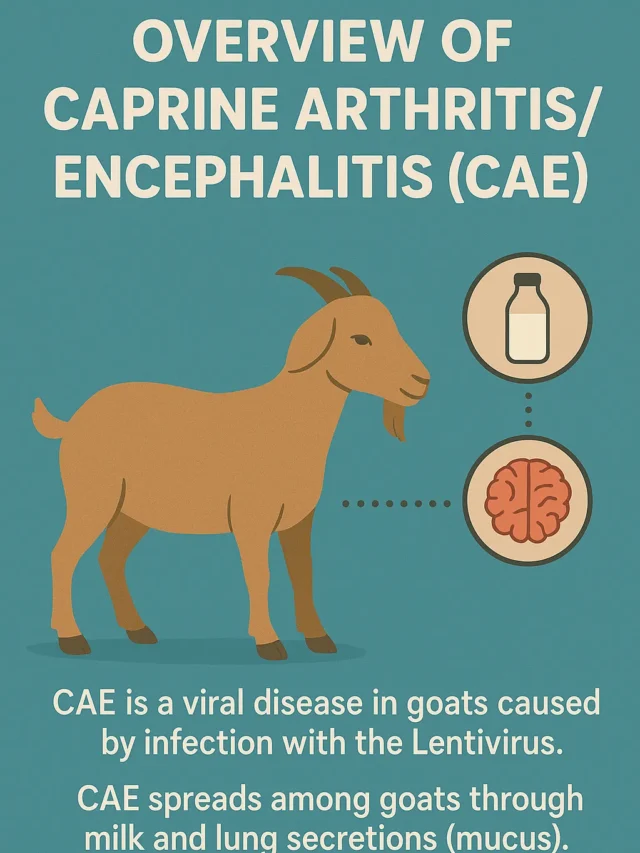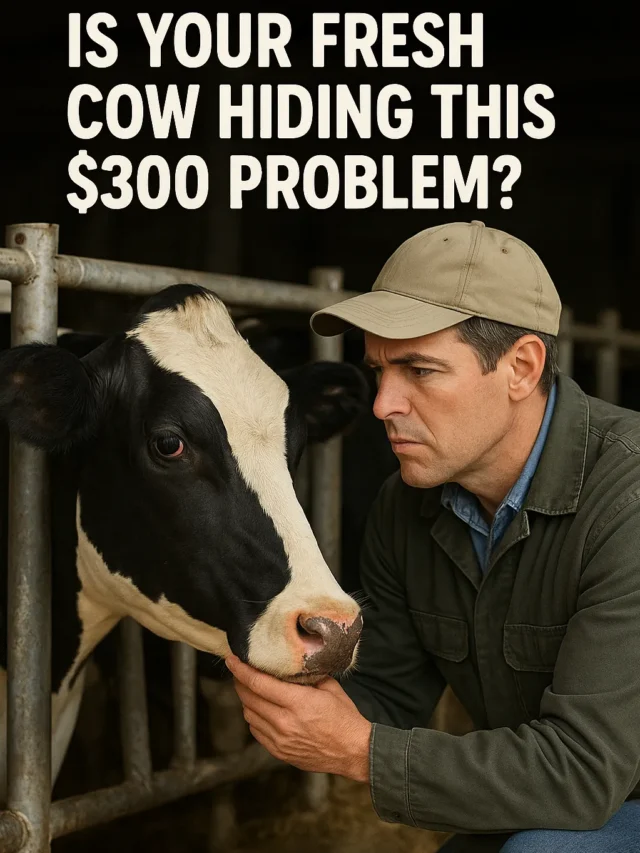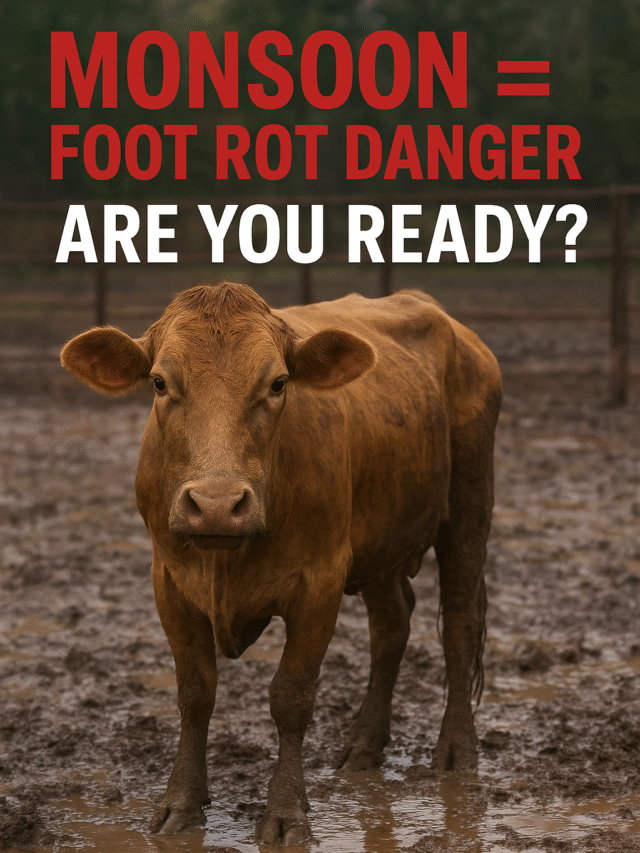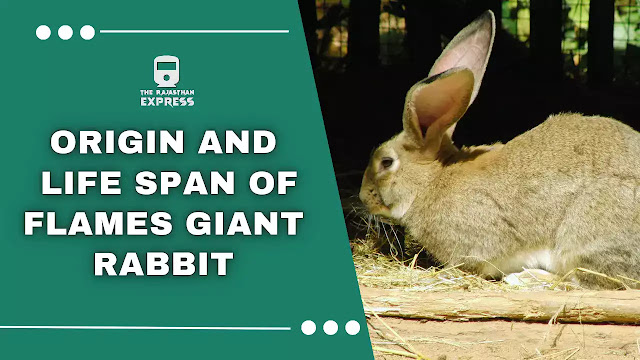History and Development of the Flemish Giant Rabbit
The Flemish Giant rabbit, known as the largest domestic rabbit breed in the world, has a fascinating history and development. This breed was first developed in the Flanders region of Belgium, particularly near the city of Ghent, during the 16th century. At that time, Ghent was famous for breeding rabbits for meat and fur production. The Flemish Giant rabbit is a semi-arch type of rabbit, with an arch of the back that starts behind the shoulders and continues to the base of the tail, giving it a “mandolin” shape. Recognized by the American Rabbit Breeders Association (ARBA) as one of the largest rabbits, the minimum show weight for a senior (over 8 months old) female Flemish Giant is 14 pounds, while for a senior male, it is 13 pounds. Some Flemish Giant rabbits can weigh up to 22 pounds, with some even reaching 28 pounds in rare cases.
The common reaction of many people seeing a Flemish Giant rabbit for the first time is, “Wow, it’s bigger than my dog!” Initially, the Flemish Giant rabbit was primarily bred for meat and fur production, but today, this breed has become very popular among small livestock shows and pet enthusiasts. The development of the Flemish Giant breed involved selective breeding with various other breeds, such as the Steenkonijn (“Stone Rabbit”) and the European “Patagonian” rabbit. In this blog post, we will delve into the origins, development, and characteristics of the Flemish Giant rabbit, and explore why this breed has become so popular among rabbit show enthusiasts and pet lovers.
Breed of Flemish Giant Rabbit
| Scientific Classification |
|
|---|---|
| Alternative Names |
|
| Origin | Flanders region, Belgium; 16th Century |
| Main Uses |
|
| Adaptability | Suitable for various climates due to dense fur |
| Color |
|
| Average Male Weight | 11 pounds (4.974 kg) |
| Average Female Weight | 12 pounds (5.44 kg) |
| Size and Body Structure |
|
| Legs and Paws | Strong and large; covered with a velvety texture |
| Head and Ears |
|
| Lifespan | 5 to 10 years |
| Breeding Notes |
|
| Flemish Giant Rabbit: The Rajasthan Express | |
Origin of The Flemish Giant Rabbit
The Flemish Giant rabbit, known as the largest domestic rabbit breed, originated in the Flanders region, now part of modern Belgium. This breed was developed around the 16th century near the city of Ghent, which was a center for rabbit breeding for meat and fur production. The Flemish Giant primarily developed from those rabbit breeds that were raised for meat and fur production.
Some believe that the ancestor of the Flemish Giant rabbit was the Steenkonijn, or “Stone Rabbit,” which weighed about 3.8 kilograms (8.4 pounds). Other sources suggest that a European “Patagonian” rabbit breed, now extinct, also contributed to its origins. In his book “Domestic Rabbits and Their Histories” (2004), Whitman dismissed the possibility of the Argentinian Patagonian rabbit being the ancestor of the Flemish Giant, as the Argentinian Patagonian was actually a cavy.
The first documented record of the Flemish Giant rabbit dates back to around 1860. During this time, Oscar Nisbet, a veterinarian and former biologist, developed the Patagonian rabbit through several generations of selective breeding. The first standard for the Flemish Giant breed was established in 1893 by Albert Van Heuverzwijn, highlighting essential characteristics such as size, weight, color, and temperament.
On the other hand, Wilkins (1896) suggested that the Flemish Giant breed was developed from the Leporine, which was imported to England in the mid-1800s and is also related to the Belgian Hare.
In the early 1890s, the Flemish Giant was exported from England and Belgium to the United States, primarily to promote rabbit meat. However, the breed didn’t gain significant attention until 1910, when it began to appear in small livestock shows. Its large size and various colors quickly increased its popularity.
In 1915, the National Federation of Flemish Giant Rabbit Breeders was established, with the primary goal of promoting and preserving the Flemish Giant breed. This association played a significant role in the breeding and development of the Flemish Giant. Today, this breed has become one of the most popular in rabbit shows due to its massive size and beautiful colors.
Alternative Names for Flemish Giant Rabbit
The Flemish Giant is often referred to as the “Gentle Giant” due to its large size and calm demeanor. The term “Giant” is commonly used in livestock to describe large or heavy breeds, such as the “Jersey Black Giant,” the world’s heaviest breed of chicken. The term is also used for the Flemish Giant rabbit because it is the largest domestic rabbit breed. These rabbits can grow to very large sizes, reaching four or more pounds within seven weeks and maturing at 18 pounds by nine months. Due to their size and gentle nature, handling them is not difficult, hence the nickname “Gentle Giant.”
The Flemish Giant is also known as the “Universal Breed” because it is suitable for both meat and fur production. These rabbits grow rapidly and thrive on coarse diets and green fodder, reducing overall food costs. Due to their large size, they are market-ready as calves as soon as they are weaned; they do not require special diets or “fattening” for the market. At eight weeks, a Flemish Giant can produce calves weighing approximately 35 pounds, which are ready for sale.
Main Uses of Flemish Giant Rabbit
The Flemish Giant rabbit is primarily bred for meat and fur production.
Meat Production:
Historically, the Flemish Giant rabbit has been raised for meat production. Rabbit meat is known as “Game.” Rabbit muscles lack myoglobin, giving the meat a white and shiny appearance, which is why it is called “Pearly White Meat.”Fur Production:
The Flemish Giant rabbit is also bred for fur production. Rabbit wool is referred to as “Fur.” The breed is called the “Universal Breed” because it is suitable for both meat and fur production.Livestock Show Participation:
Nowadays, Flemish Giant rabbits are raised for small livestock shows. This is one reason why the breed is so popular among rabbit show enthusiasts and pet lovers.
Characteristics of the Flemish Giant Rabbit
The Flemish Giant rabbit is known for its enormous size and its gray-colored coat. The breed can be identified by the following characteristics:
Color:
The coat of the Flemish Giant rabbit is a deep steel gray, evenly covered with ticking across the body. The head, ears, chest, and legs are also covered with this gray coat, while the underside, including the belly and tail, is white. The dark steel gray color of the upper body is the primary identification mark of the Flemish Giant rabbit. If you participate in a breed show competition, ensure that the underside of the body (belly or tail) is white, and the upper parts (such as the head, ears, chest) are gray. If the underside is not white or has gray stripes, the rabbit may be disqualified from the show as these are key identifying features of the breed.
Size and Weight:
The Flemish Giant is the largest domestic rabbit breed. The minimum weight for a male Flemish Giant is 4.974 kg (11 pounds), while females typically weigh around 5.44 kg (12 pounds). They have long, broad bodies, with full development occurring between 12 to 14 months.Body Structure:
The Flemish Giant rabbit has a large, broad, and flat body, with wide front and rear sections. Female rabbits of this breed have well-developed dewlaps.Legs and Paws:
The legs and paws of the Flemish Giant rabbit are strong and large in proportion to the body, and they are straight. The paws have a velvety texture and are covered with different shades or small spots that appear like gray stripes.Head and Ears:
The head of the Flemish Giant is large, full, and proportionate to its body. The eyes are thick and dark brown, giving the rabbit a calm and expressive look. The ears are erect and strong, which draws attention to the Flemish Giant breed.Coat and Condition:
The coat of the Flemish Giant rabbit is a deep steel gray, with uniform ticking across the body. Their fur is shiny and dense, and they can come in various colors, including black, blue, fawn, light gray, sandy, steel gray, and white. The dense coat is sturdy in texture and medium in thickness, providing protection against adverse environmental conditions, diseases, and cold.
Lifespan of Flemish Giant Rabbit
Rabbits are herbivorous pets. They primarily eat fodder, hay, grass, and grains. Among herbivorous animals, rabbits are classified as grazers. The average lifespan of a Flemish Giant rabbit is typically between 5 to 10 years.
Key Points:
Natural Mating:
This refers to the process of mating between male and female animals without the use of artificial methods. Natural mating increases the risk of sexually transmitted diseases among animals, which is why artificial insemination is now commonly used.- Selective Breeding:
- Similar to point 1, selective breeding involves breeding selected males with unrelated females within the same herd and is widely used worldwide.
Classification of Animals Based on Their Diet:
Herbivores: Animals that eat grass or hay, such as ruminants, camels, horses, and rabbits.
Carnivores: Animals that eat meat, such as dogs, cats, and lions.
Omnivores: Animals that eat both grass and meat, such as pigs.
Rabbit-Related Terminology:
- Game: Rabbit meat is called “Game.” Due to the lack of myoglobin in rabbit muscles, the meat is white and shiny, known as “Pearly White Meat.”
- Buck: An adult male rabbit or goat.
- Doe: An adult female rabbit or goat.
- Kit: The newborn of a female rabbit.
- Colony: A group of rabbits.
- Rabbitry: The home or housing for rabbits.
- Fur: The wool of a rabbit.
- Pelt: The skin of a rabbit.
- Kindling: The process of giving birth in female rabbits.
- Serving: The process of mating in female rabbits, cows, buffaloes, and goats.
- Gestation Period: The gestation period in female rabbits is 30 to 32 days, which is the shortest among all domestic animals.
Pseudo Rumination / Coprophagia / Caecotrophy:
Rabbits are non-ruminant animals. The process of rabbits eating their waste, known as “Coprophagia” or “Caecotrophy,” begins at 3 weeks (21 days) of age. Rabbits pass solid waste during the day and soft waste at night. The soft waste produced at night is rich in nutrients, which is why rabbits consume it. This process of eating soft waste at night is called “Pseudo Rumination” or “Coprophagia / Caecotrophy.”
Breeding Of Flemish Giant Rabbit
Do not breed Flemish Giant does before they are 8 months old or weigh 14 pounds, as this can lead to birthing difficulties. Females usually reach maximum growth weight between 10 to 14 months of age. If not bred at puberty, excessive fat can accumulate around the ovaries, making conception difficult. Once this fat builds up, it cannot be removed.
Always bring the female rabbit (doe) to the male rabbit’s (buck) cage, not the other way around. Monitor them carefully and remove the female after one or two matings, which takes less than 5 minutes. If the female begins to bite the male, separate them immediately to prevent injury. Re-mating 6 to 8 hours after the first can increase the number of kits born.
Some does start building nests frantically after 3 weeks (21 days) of pregnancy, while others show interest only 20 minutes before giving birth. Typically, nest boxes are provided at least 3 days in advance unless the doe becomes excessively restless. The nest boxes are 14 inches x 14 inches x 24 inches, made from plywood or wafer board. They are partially covered, with a front board to separate the doe from her kits when she jumps.
A Flemish Giant doe can give birth to 6 to 18 kits at a time. The kits are weaned at 8 weeks old. Depending on the health condition of the doe, they are ready for re-breeding 6 to 8 weeks later.
“Learn why the Bunny Flemish Giant is a wonderful pet. Explore their unique characteristics, care needs, and tips for keeping your Flemish Giant happy and healthy.”
